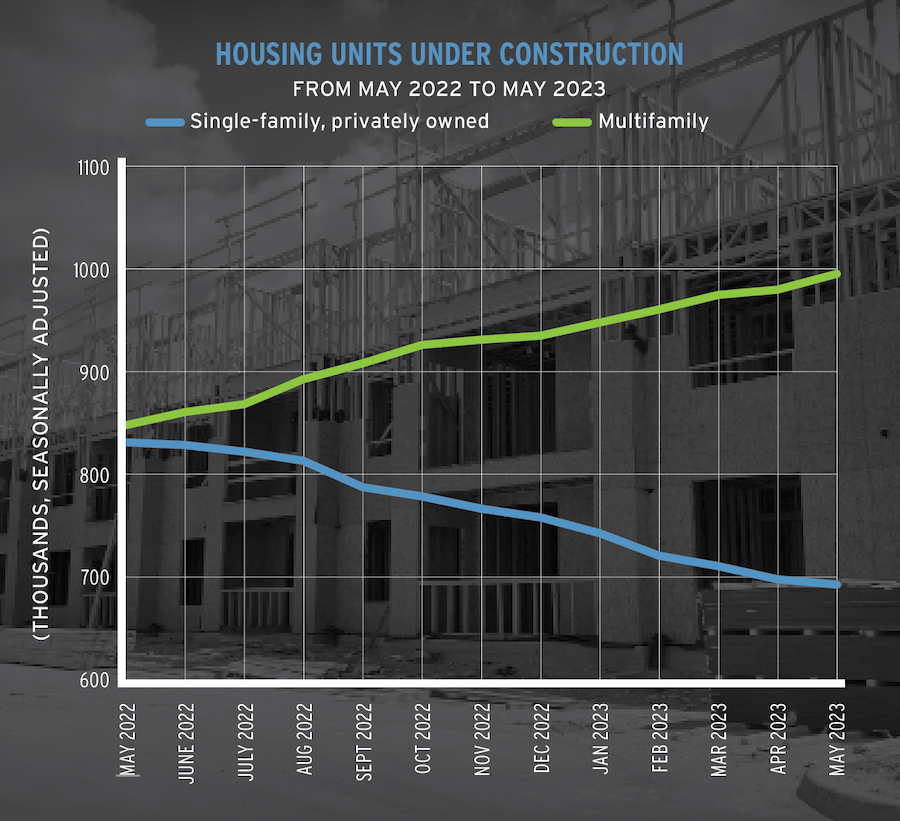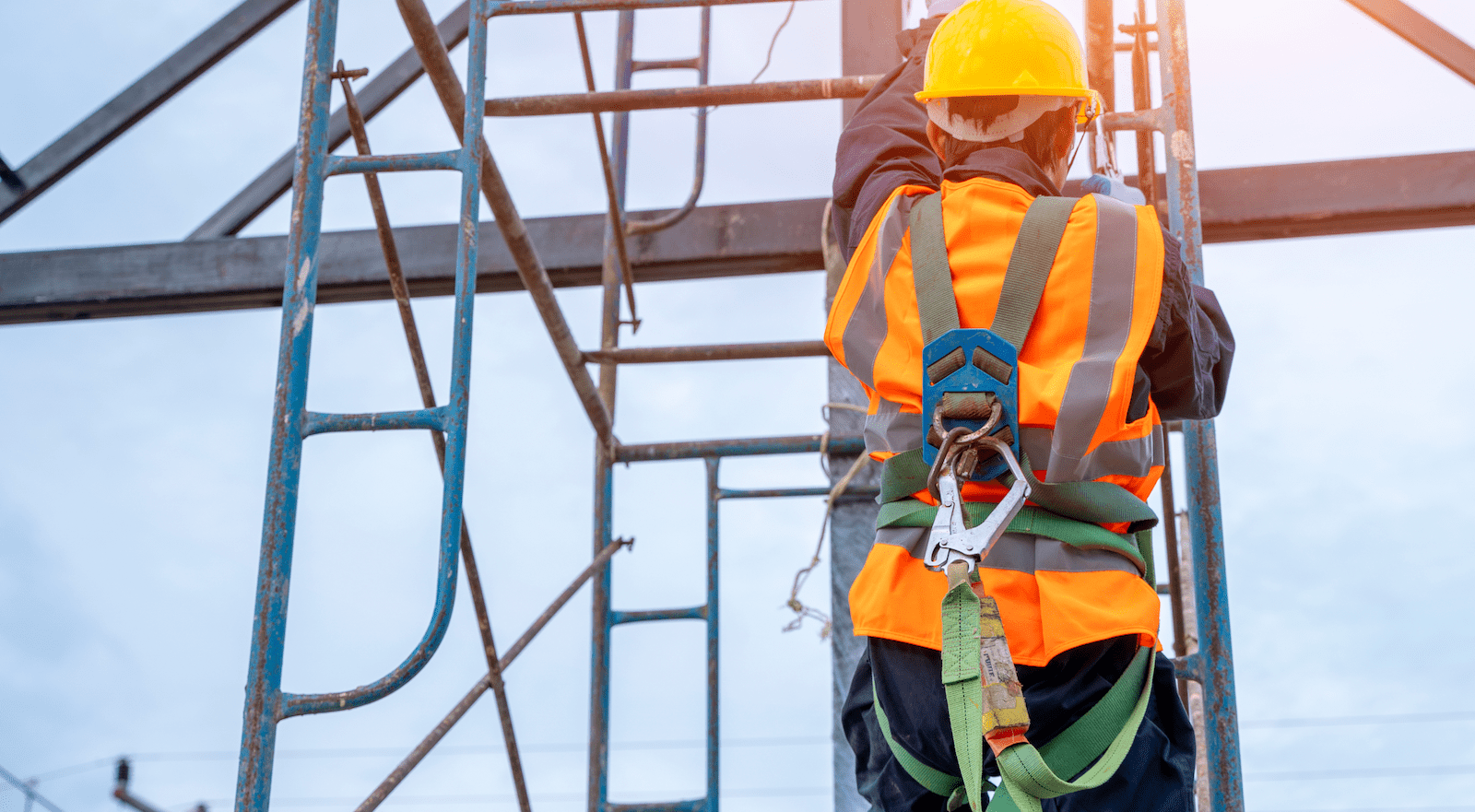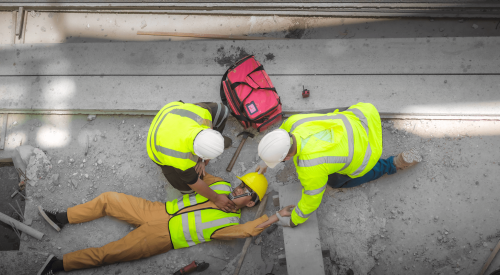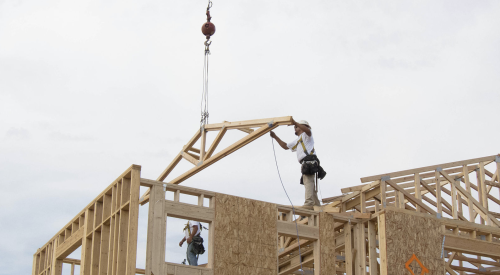In June 2010, the Occupational Safety and Health Administration (OSHA) instituted the Severe Violator Enforcement Program (SVEP) to focus enforcement efforts on “recalcitrant employers who demonstrate indifference to the health and safety of their employees through willful, repeated, or failure-to-abate violations” of the Occupational Safety and Health Act.
In September 2022, OSHA broadened the program’s scope and expanded its criteria, resulting in more employers being placed on the SVEP list.
Scott Ketcham, director of OSHA’s Office of the Directorate of Construction, visited the recent spring meeting of the National Association of Home Builders’ Construction Safety and Health Committee, in Washington, D.C., to provide more detail about the SVEP update and discuss his office’s other safety initiatives.
Among the changes:
- The SVEP was expanded to include all OSHA standards and will be applied for all types of hazards.
- The update also lowered the bar for an employer to be placed in the SVEP to just two willful or repeated violations or failure-to-abate notices based on serious violations.
- As before, the SVEP carries elevated penalties and stricter inspection requirements for employers placed in the program.
Ketcham noted that under OSHA’s multi-employer citation policy, an employer can qualify for SVEP even if none of its own employees were exposed to SVEP-related hazards.
Ketcham shared with the committee the most-cited OSHA violations for the first seven months of the federal fiscal year 2023, with the top three violations being fall protection, ladders, and scaffolding (see below).
Top 10 OSHA Violations in First 7 Months of 2023
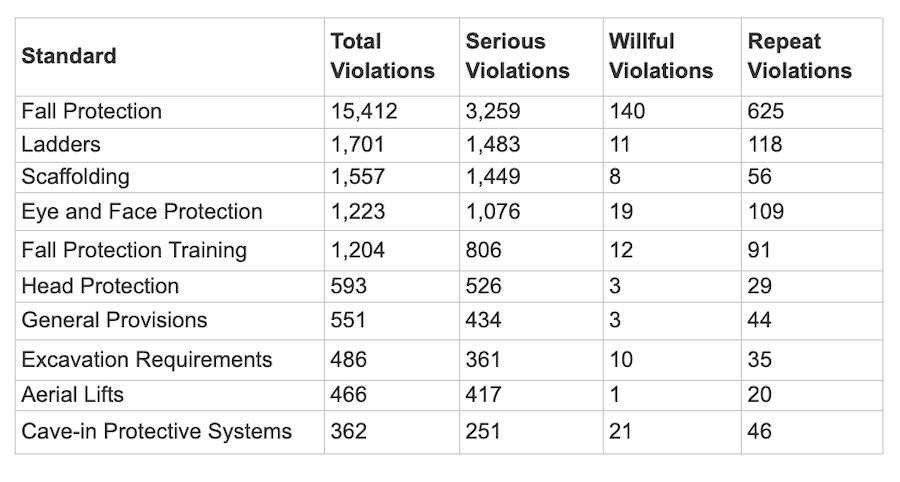
RELATED
- Don’t Cut Corners on Construction Jobsite Safety
- PPE Products for Increased Jobsite Safety
- OSHA Will Crack Down on Penalties for Trench Deaths in 2023
- NAHB Offers Strategies and Resources for Managing Mental Health
Recent Data and Trends for Housing Units Under Construction
Apartment construction in May was up 17% (994,000 units) compared with a year ago, according to data from the U.S. Department of Housing and Urban Development and the U.S. Census Bureau. That’s the highest level of apartment construction in almost 50 years. And as construction on these apartments nears completion, some markets will experience construction declines.
The number of single-family homes under construction (695,000) is down 16% compared with a year ago. Data for May shows single-family starts increased 18.5% to a seasonally adjusted annual rate of 997,000, which is 6.6% lower than a year ago.
The multifamily sector increased 27.1% to an annualized 634,000 pace. Overall housing starts in May increased 21.7% to a seasonally adjusted annual rate of 1.63 million units.
It’s worth noting that while single-family starts are down year-to-date, single-family completions are down just 1.2%, as projects started at the end of 2022 are completed. Growing housing supply helps in the fight against inflation, as more inventory reduces shelter inflation, a leading source of growth in the Consumer Price Index.
